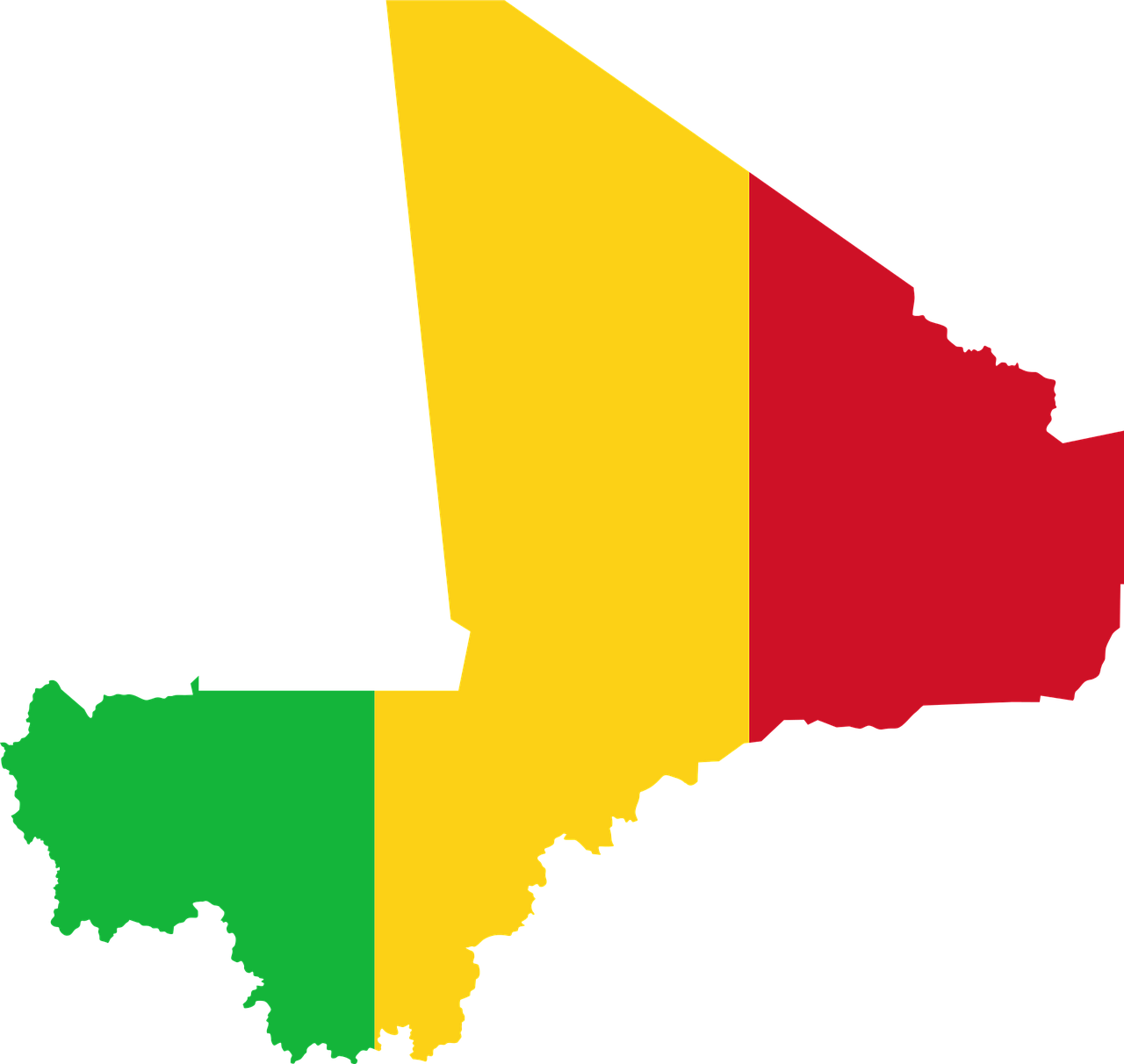PR Strategy in Mali: Understanding the Media for Better Communication

PR Strategy in Mali: Understanding the Media for Better Communication
Introduction
Mali has a rich yet contrasting media landscape. Between modern outlets and traditional channels, successful public relations requires understanding cultural and linguistic diversity as well as local market realities.
This guide presents key insights to optimize your PR strategy in Mali and maximize the impact of your communication efforts.
1. Mali at a Glance
Capital: Bamako
Population: ~22 million
Surface area: 1.24 million km²
Languages: French (official), over 10 national languages (Bambara, Fulani, Songhai…)
Specificity: strong importance of community media and traditional communication
2. Press Freedom and Legal Framework
Recent history: liberalization of the media space after the democratic transition in 1991.
Public media
ORTM (Malian Broadcasting and Television Office): central actor, broadcasting in French and local languages.
CNPC, CESPA: cultural and educational audiovisual structures.
Private media
Wide diversity of radios, local TV stations, and print newspapers, including rural outlets.
Challenges
Lack of journalist training.
Self-censorship.
PR market limited but growing.
Key takeaway: Diversity exists, but the PR market is still under-structured.
3. Key Media in Mali
L’Essor – former official newspaper
Les Échos – first private daily
Aurore – biweekly
Le Scorpion – satirical weekly
Le Malien – biweekly
Radios
Radio Kledu
Radio Bamakan
Radio Liberté
Radio Kayira
Radio Énergie
Television
ORTM
Africable TV
Energie TV
Ségou TV
Dambé TV
4. Specifics of PR in Mali
PR market: still developing, central role of AMAP (Malian Press and Advertising Agency).
Self-censorship: impacts editorial independence.
Traditional communication: popular theater, tales, proverbs, riddles — crucial in rural areas.
Multichannel approach: combining print, radio, TV, community media, and social networks is essential.
5. Tips for Successful Communication in Mali
Combine modern and traditional media to reach all segments of the population.
Collaborate with community radios for extended local coverage.
Use storytelling through cultural formats (tales, proverbs).
Adapt language to cultural and linguistic contexts.
Build strong relationships with local journalists.
Conclusion
Mali offers a unique media landscape, blending modern diversity with oral traditions. A successful PR strategy requires a hybrid approach combining traditional media, community communication, and digital tools.
Similar articles
Loading similar posts...
Subscribe to our Newsletter
Don't miss anything! Subscribe to our newsletter to receive the latest articles, tips, and news directly in your inbox.